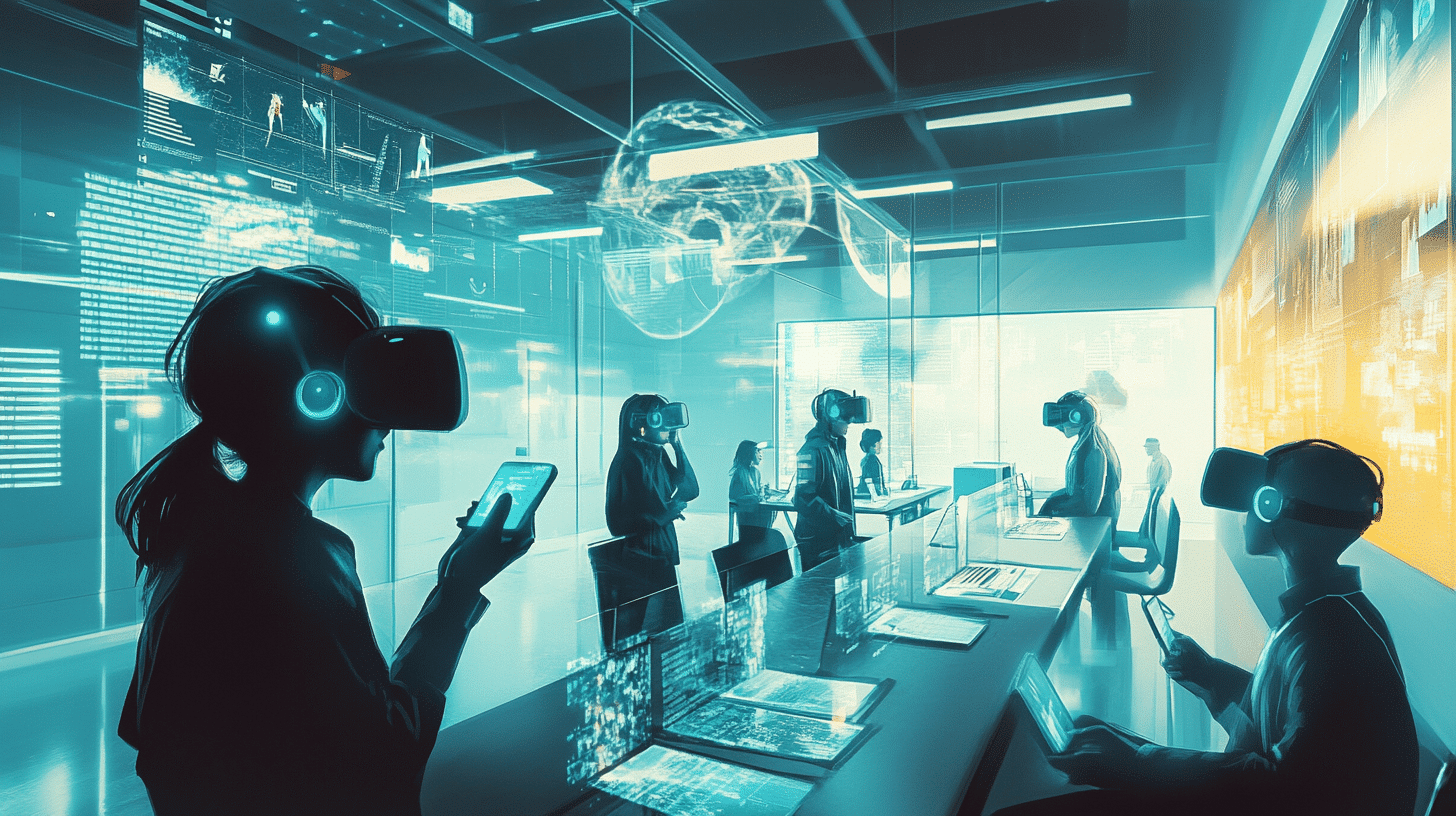In recent years, technology has advanced by leaps and bounds, affecting virtually every area of our lives, with education being one of the most impacted areas. The combination of new tools, methodologies, and innovative educational practices is creating a learning environment that is more engaging and adaptable to the individual needs of students. In this post, we will explore some of the technological innovations that are transforming education in 2025 and how they can benefit both educators and students.
1. Data-Driven Learning
Data analytics has proven to be a powerful tool in education. By collecting data on student performance, teachers can identify areas that need attention and personalize learning. Adaptive learning tools use algorithms to adjust content and difficulty levels based on student progress. This student-centered approach promotes more effective learning and helps prevent frustration.
2. Augmented Reality and Virtual Reality
Augmented reality (AR) and virtual reality (VR) have the potential to revolutionize the learning experience. With these technologies, students can explore immersive and interactive environments that complement theoretical learning. For example, in history classes, a virtual tour of a historical landmark can provide a deeper understanding of the cultural context, while in science, laboratory simulations allow students to experiment with concepts that would be impractical in a real-world setting.
3. Hybrid Learning and Online Education
The hybrid learning model, which combines in-person and online learning methods, has become even more popular during the pandemic. This model allows students to learn at their own pace, accessing learning materials at any time. In addition, there is now a wide range of online educational platforms offering courses in various subjects, making it easy to access high-quality knowledge no matter where the student is located.
4. Gamification in Learning
Turning learning into a game can significantly increase student motivation. Gamification uses game elements such as points, rewards, and challenges to make learning more engaging. By incorporating these elements into educational platforms, educators can create a more dynamic environment that fosters interaction and healthy competition among students, making learning more fun and less overwhelming.
5. Artificial Intelligence in Education
Artificial intelligence (AI) is becoming an indispensable ally in many areas of education. From virtual assistants that can answer student questions to recommendation systems that suggest personalized materials, AI facilitates more efficient learning. Additionally, chatbots are becoming commonplace in educational institutions, helping to answer questions and provide support to both students and teachers, freeing up educators to focus on more critical tasks.
6. Blockchain and Digital Certification
The use of blockchain to manage the registration and certification of educational credentials is becoming common practice. This technology provides a secure and transparent method for verifying student qualifications, facilitating the hiring process and degree validation. With digital certifications, it is easier for employers to verify the educational achievements of their candidates, promoting a smoother transition from education to the workforce.
7. Collaboration and Communication Tools
Collaboration tools have become indispensable, especially in online education. Software such as Microsoft Teams, Google Workspace and Zoom have enabled effective communication between students and teachers. These tools also allow for document sharing and group work, developing collaboration skills that are essential for the future workplace.
8. Social-Emotional Learning
New technologies are not only focused on academic development, but also on the emotional development of students. Platforms that promote social-emotional learning are becoming increasingly popular. These programs help students develop skills such as empathy, self-regulation, and resilience, preparing them for the challenges of life beyond the classroom.
9. Accessibility and Inclusion
Another important aspect of educational innovations in 2025 is a focus on accessibility. Technological tools are being developed to accommodate students with different needs, including those with disabilities. Examples include reading software, real-time captions, and adaptive materials that allow all students to have equal access to learning.
10. The Future of Education
As 2025 progresses, innovations in education will continue to evolve. Integrating more technology into our classrooms will not only facilitate learning, but also prepare students for an ever-changing world. Quality, accessible, and personalized education will be key to success in a future where the ability to adapt to changing circumstances will be essential.
Conclusion
Technological innovations are not only transforming the way we learn, but also preparing future generations for an increasingly digital and interconnected world. By embracing these new tools and methodologies, educators and students can create a more effective and engaging learning environment. It is crucial that we continue to explore and implement these innovations to maximize the potential of each student and ensure that everyone has the opportunity to shine in their educational journey. Would you like to see more articles on technological innovations in education? Leave your suggestions in the comments!



